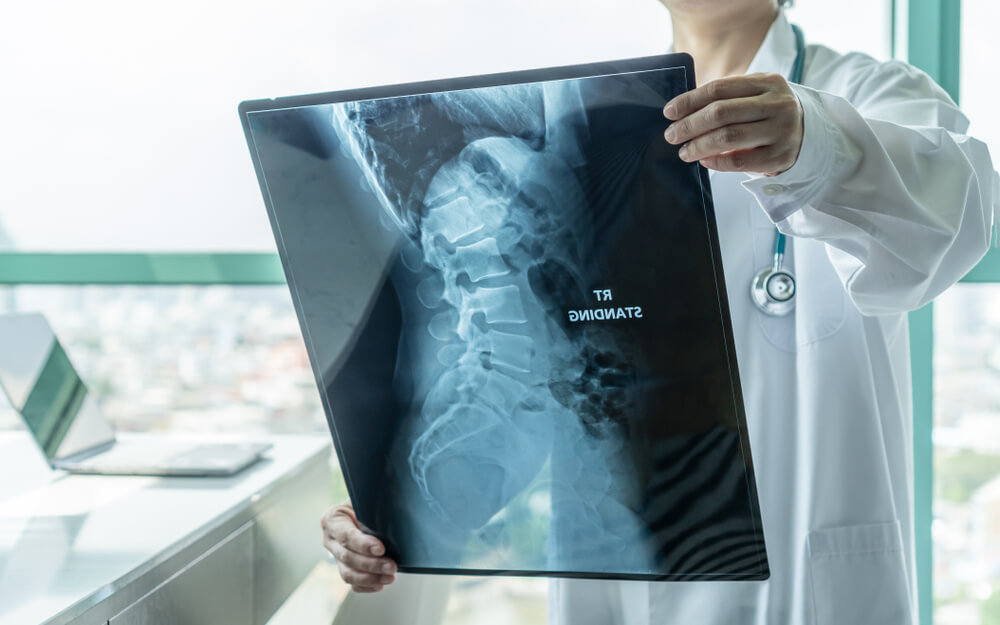Spinal Fusion is a type of procedure that connects two or more vertebrae in your spine. And to join them, metal plates, rods, and screws may be used.
This surgery permanently connects two or more vertebrae to reduce pain and deformity in the body. This procedure is suggested with the following:
- To correct a deformity– spinal fusion treats curvature of the spine like scoliosis.
- Instability– your spine may become unstable when there’s too much motion between two vertebrae like arthritis in the spine.
- Herniated disk– this procedure may be used to stabilize the spine after removing the damaged disc.
After 2-3 days of stay in the hospital after the surgery, any pain can be controlled by medication.
This procedure mimics the healing of broken bones.
If the causes of back pain and deformities are unknown, Lumbar Spinal Fusion is not advised. Proper diagnosis is a must before any surgery. This procedure is for treating fractures and deformities in the spine only.
Most back pain is associated with the spine, and while Spinal Fusion can be a relief of pain, it is not the answer to all back pains and problems.


